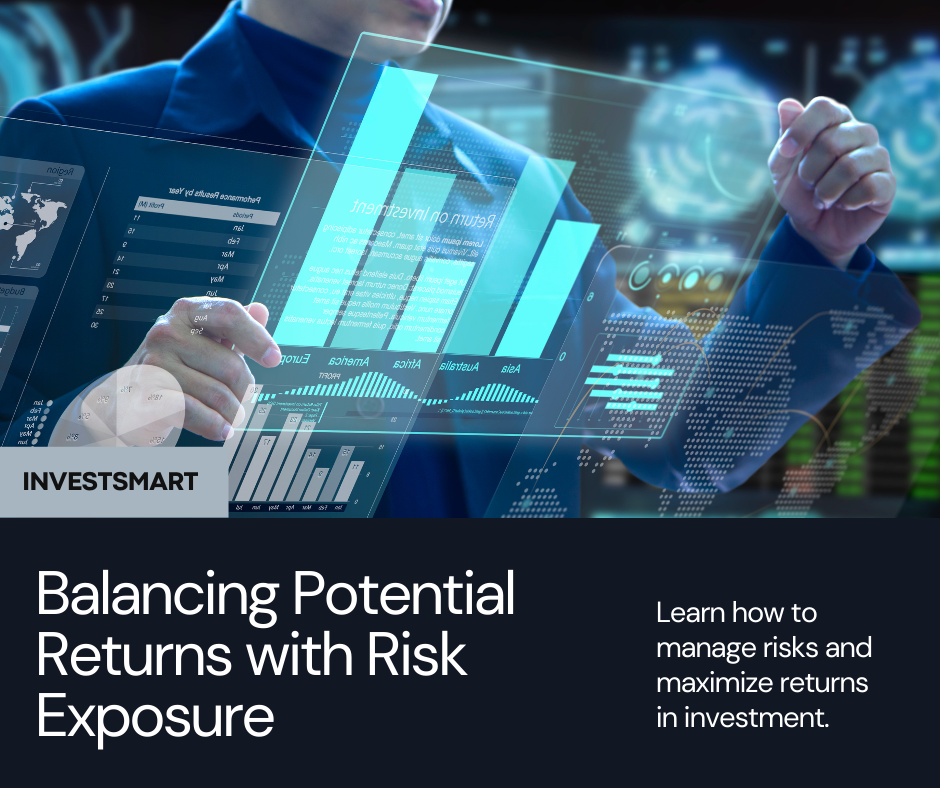Taking on risk in the hopes of earning prospective returns is a fundamental aspect of investing. But in order to protect your investment portfolio and achieve long-term financial success, risk management is crucial. Investors may balance safeguarding capital and maximizing returns by comprehending the many forms of risk and putting good risk management methods into practice.
Market risk is one of the main dangers that investors encounter; it is the potential for losses as a result of changes in the market as a whole. Investors can reduce market risk by diversifying their holdings over a range of asset classes and geographical areas. This way, a decline in one sector won’t have an excessive effect on the portfolio as a whole.
Inflation, which gradually reduces money’s purchasing value, is another prevalent problem. Investors can use a portion of their portfolio to invest in assets like stocks, real estate, and commodities that have historically produced returns higher than inflation in order to protect themselves from inflation risk.
Investors also need to take into account particular risks related to individual assets, like geopolitical, credit, and liquidity issues. To reduce these risks and guard against any losses, you should regularly examine and rebalance your investment portfolio, stay up to date on market circumstances, and conduct rigorous due research.
In the end, managing risks effectively involves finding a balance between capital preservation and return maximization. You can confidently navigate the complex world of investing and reach your long-term financial goals by diversifying your portfolio, keeping up with market trends, and putting good risk management techniques into practice.

